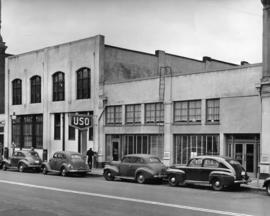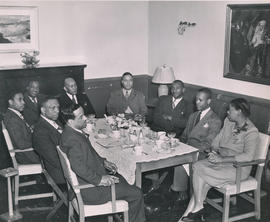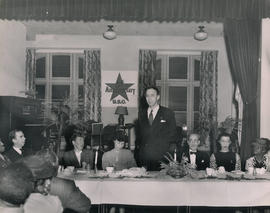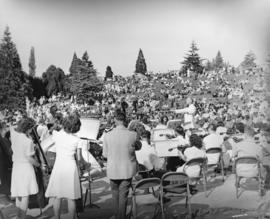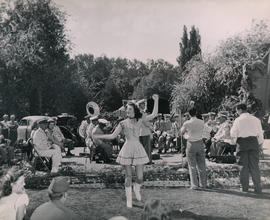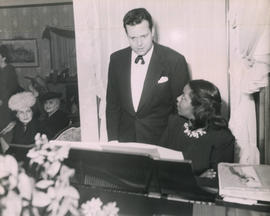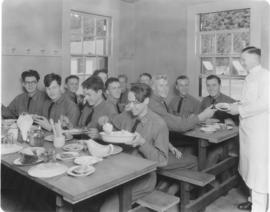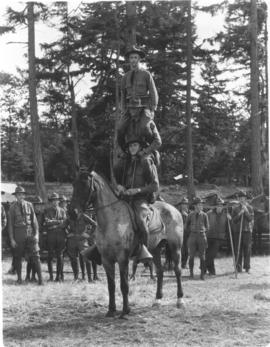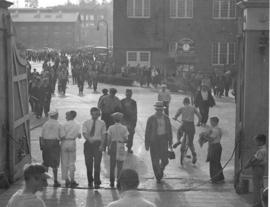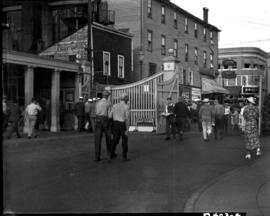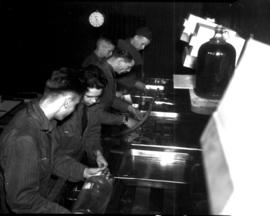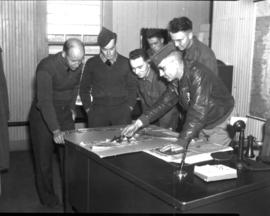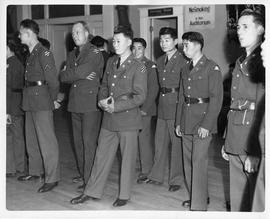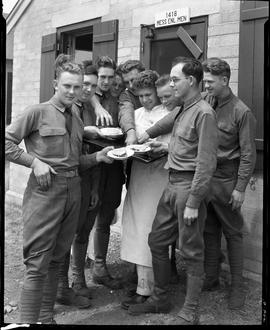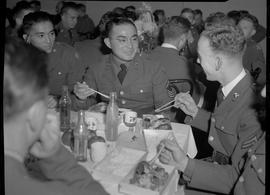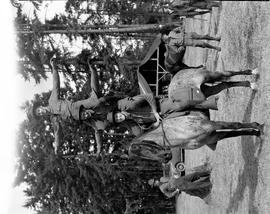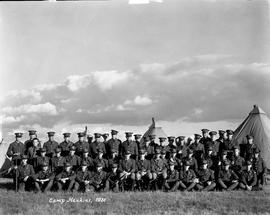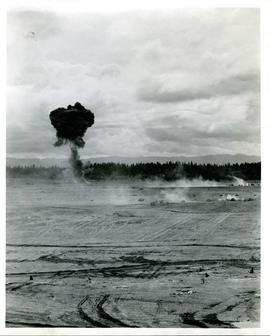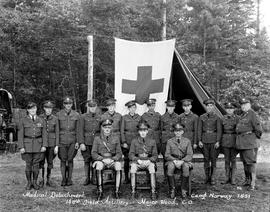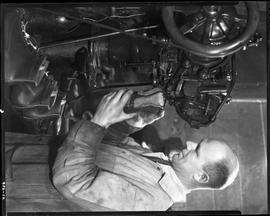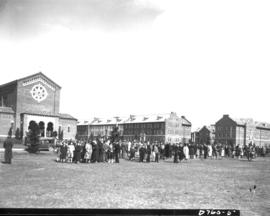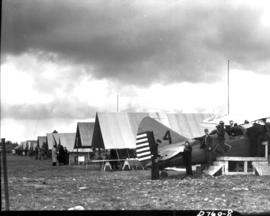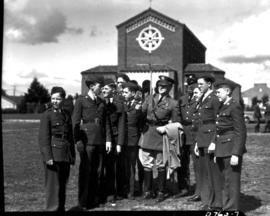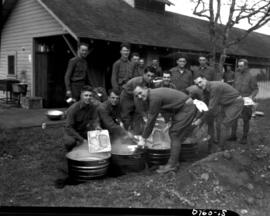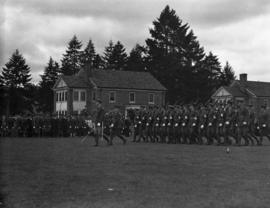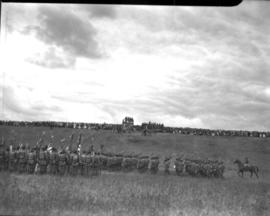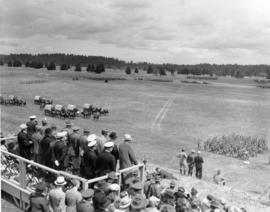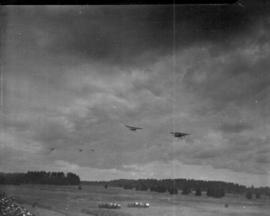- Item
- 1945
Part of Helen Stafford Papers
U.S.O. #2, 713-15 Commerce St., circa 1946. During World War II, although black and white soldiers fought side by side, the United States Army was still segregated. In Tacoma, African American service men and women had their own USO Club at 713-15 Commerce. It was dedicated on September 4, 1942 and closed late in March of 1947. The Kaufman-Wolff building where it was located had previously housed the Soldiers and Sailors Clubhouse during World War I. USO #2 was enlarged in 1944 by adding an annex in the building to the north of the original club. The enlarged structure provided the following facilities: dark room, music room, hobby room, game room, showers, sleeping accommodations, library and snack bar. It was operated by the YMCA and staffed primarily by volunteers. (brochure from Recognition Ceremony USO Number Two on 3/30/1947; photograph by F.L. Powell of Tacoma).
